The AI tools list refers to software applications, libraries, frameworks, or services that facilitate the development, deployment, and use of artificial intelligence (AI) applications.
These tools provide various functionalities to enable tasks such as data preprocessing, model development and training, data analysis, natural language processing, computer vision, and more. AI tools can be categorized into different types based on their specific purposes and functionalities
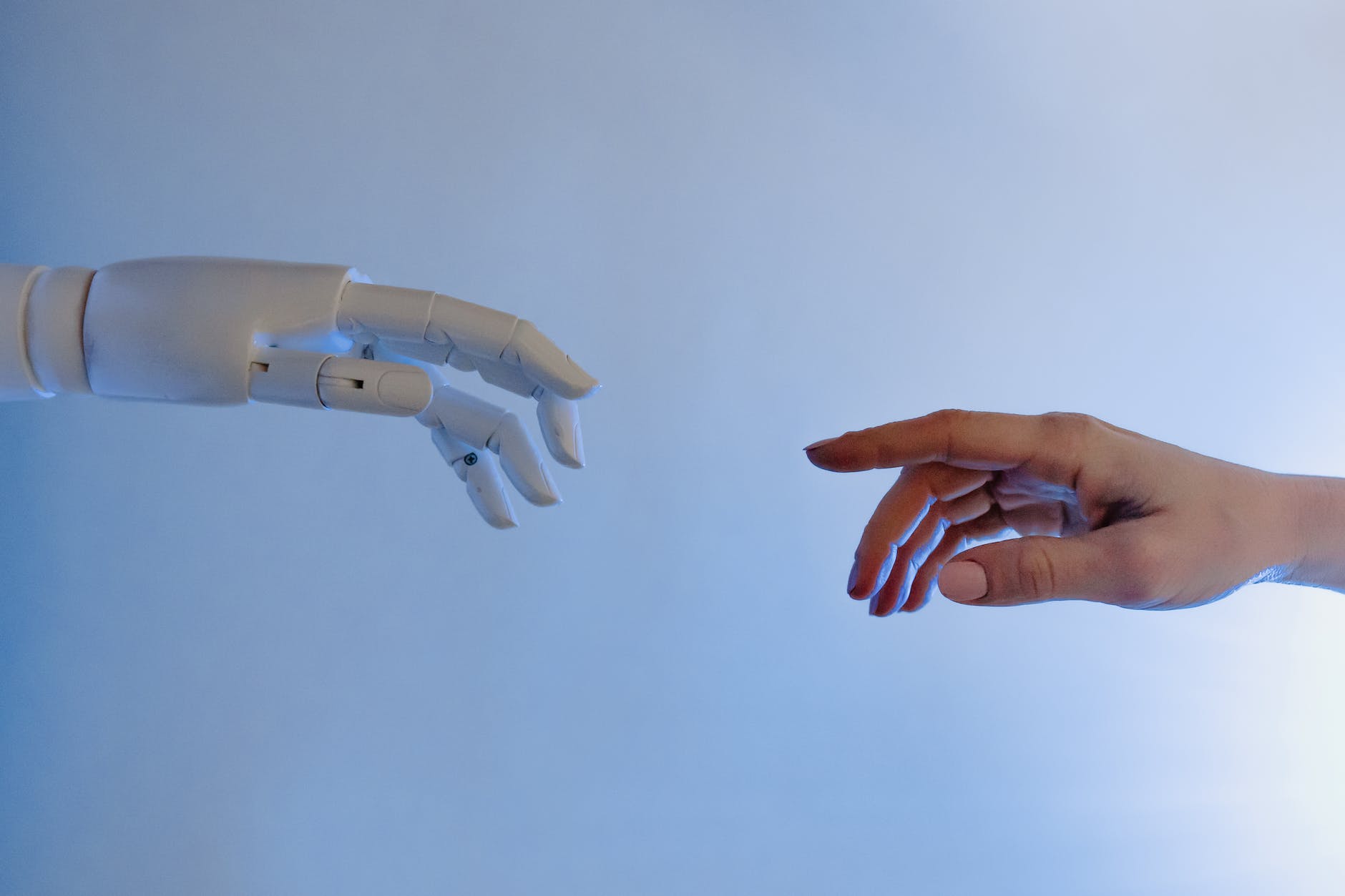
AI Tools functionalities and different types of purposes
Data Processing and Preprocessing Tools
These tools help in preparing and cleaning the data before using it for AI applications. They may include tools for data extraction, transformation, normalization, feature engineering, and data cleaning.
Machine Learning and Deep Learning Libraries/Frameworks
These tools provide libraries and frameworks with implementations of machine learning and deep learning algorithms. They offer functionalities for model training, evaluation, and prediction. Examples include TensorFlow, PyTorch, Scikit-Learn, Keras, and Caffe.
Natural Language Processing (NLP) Tools
NLP tools focus on processing and understanding human language. They provide functionalities for tasks such as sentiment analysis, text classification, named entity recognition, part-of-speech tagging, and machine translation. Libraries like NLTK, Spacy, and Stanford NLP are widely used for NLP tasks.
Computer Vision Tools
Computer vision tools assist in tasks related to image and video analysis. They include functionalities such as image recognition, object detection, image segmentation, and facial recognition. Popular computer vision libraries/frameworks include OpenCV, PyTorch, and TensorFlow.
Data Visualization and Analysis Tools
These tools help in visualizing and analyzing data to gain insights and make informed decisions. They offer capabilities for creating charts, graphs, and visual representations of data, as well as statistical analysis and data exploration. Examples include Matplotlib, Tableau, and Power BI.
Automated Machine Learning (AutoML) Tools
AutoML tools automate the process of building machine learning models by automatically selecting algorithms, tuning hyperparameters, and handling feature engineering. They aim to make machine learning more accessible to users with limited expertise in data science. Examples include DataRobot, H2O.ai, and Google Cloud AutoML.
Cloud-based AI Services
Cloud providers offer AI services that provide pre-built models and APIs for various AI functionalities, such as speech recognition, language translation, image analysis, and recommendation systems. Examples include Amazon AI services (Amazon Rekognition, Amazon Polly), Google Cloud AI services (Cloud Vision API, Cloud Natural Language API), and Microsoft Azure AI services (Azure Cognitive Services).

Top AI tools list and its use of applications
- TensorFlow
- PyTorch
- Keras
- Scikit-Learn
- Caffe
- Microsoft Cognitive Toolkit
- H20.ai
- OpenCV
- NLTK (Natural Language ToolKit)
- Apache Mahout
- RapidMiner
- IBM Watson
- Amazon AI
- Google Cloud AI
- DataRobot
- Chat GPT
Popular AI tools and applications in detail
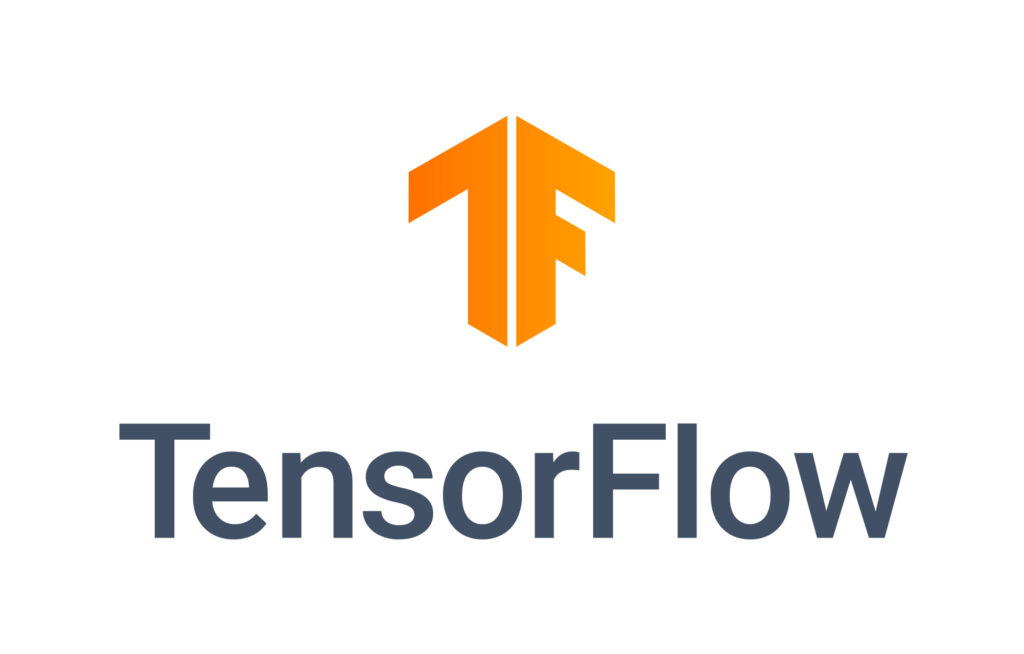
1: Tensorflow
Tensorflow is one of the powerful tools developed by the Google Brain team. It is an open-source machine learning library that is widely used for building and training neural networks. It focuses on the training and inference of deep neural networks. The exciting aspect of Tensorflow is that when you write a Python program, you can arrange to run it on either your CPU or GPU.

2: PyTorch
PyTorch is another popular open-source deep learning library that provides a dynamic computational graph. PyTorch is a Python package for developing machine learning algorithms. Its primary target audience consists of academic researchers.

3: Keras
Keras is a high-level neural network library written in Python that runs on top of TensorFlow, Theano, or CNTK. It simplifies the process of building and training deep learning models. Keras, an anomalous state neural system library that operates practically in parallel with Theano, is nicely folded over Theano. TensorFlow can be used in conjunction with other high-level APIs such as Keras or PyTorch to develop cutting-edge neural network topologies such as convolutions.
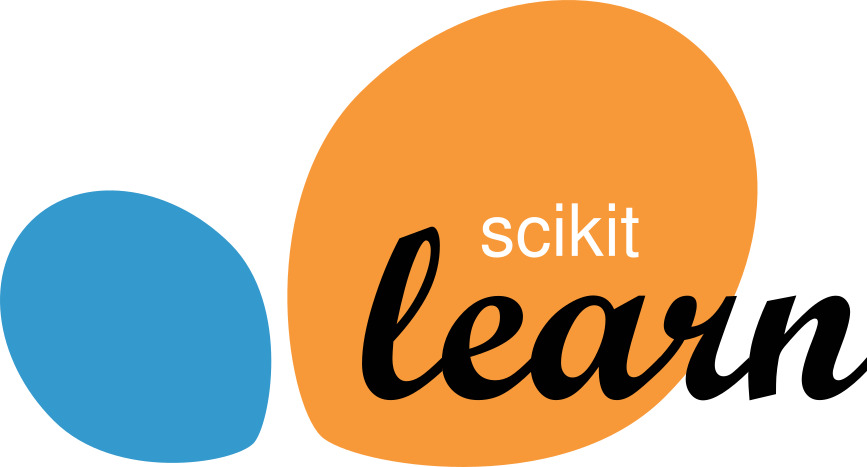
4: Scikit-learn
Scikit-learn is a comprehensive machine learning library for Python that provides various algorithms and tools for tasks such as classification, regression, clustering, and dimensionality reduction. It is a famous Python library for machine learning applications, with many useful techniques such as clustering, regression modeling, decision tree construction, model selection algorithms, and so on.

5: Caffe
Caffe' is a profound learning structure that prioritizes articulation, speed, and measurable quality. The Berkeley Vision and Learning Center (BVLC) and network donors are responsible for its creation. The Caffe Framework is used by Google's DeepDream. This structure is a BSD-licensed C++ library with Python support. It is used for image classification, segmentation, and other computer vision tasks.
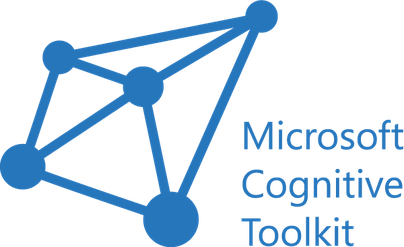
6: Microsoft Cognitive Toolkit (CNTK)
Microsoft Cognitive Toolkit (CNTK) is an open-source deep learning framework developed by Microsoft. It provides a set of tools and libraries for building and training deep neural networks. CNTK focuses on scalability, performance, and flexibility, making it suitable for both research and production environments.

7: H2O.ai
H2O.ai is a software company that specializes in artificial intelligence and machine learning. It provides an open-source machine learning platform called H2O, which allows users to build and deploy machine learning models. H2O.ai's platform is designed to be scalable, distributed, and user-friendly, making it accessible to both data scientists and business users.
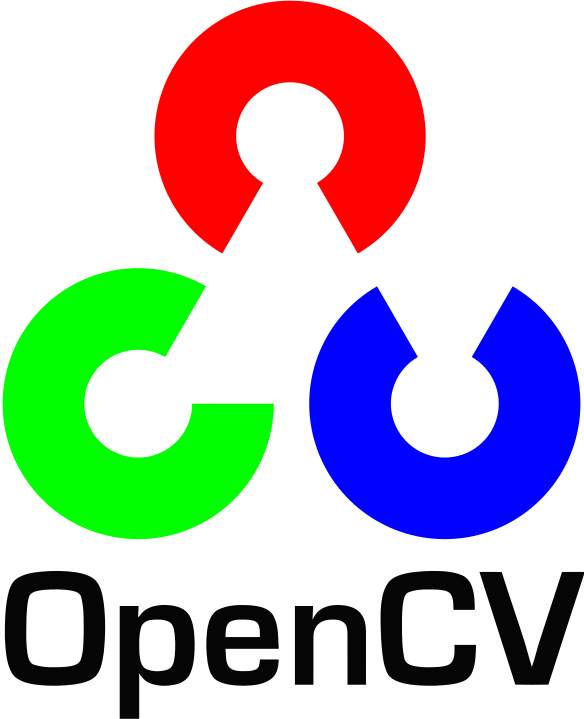
8: OpenCV (Open Source Computer Vision Library)
OpenCV (Open Source Computer Vision Library) is an open-source computer vision and machine learning software library. It provides a comprehensive set of tools and functions for image and video processing, feature detection and extraction, object recognition, and more. OpenCV is widely used in various domains, including robotics, augmented reality, surveillance, medical imaging, and automation.
Originally developed by Intel, OpenCV has become a popular choice for computer vision tasks due to its extensive functionality, efficient algorithms, and cross-platform support. It is written in C++, but it also offers interfaces for several programming languages, including Python, Java, and MATLAB.
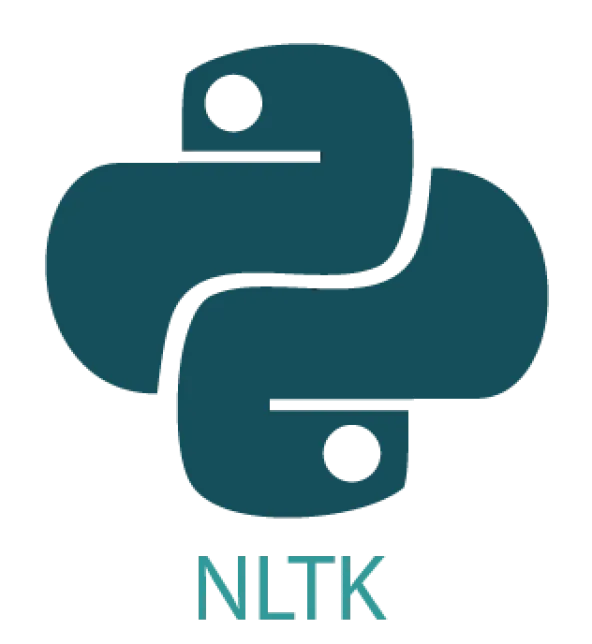
9: NLTK (Natural Language Toolkit)
NLTK (Natural Language Toolkit) is a Python library specifically designed for working with human language data. It provides a wide range of tools and resources for tasks such as tokenization, stemming, lemmatization, part-of-speech tagging, parsing, semantic reasoning, and more. NLTK is widely used in research and industry for natural language processing (NLP) tasks and text analysis.

10: Apache Mahout
Apache Mahout is an open-source machine learning library and framework that is primarily designed for distributed computing environments, particularly Apache Hadoop. It provides scalable implementations of various machine learning algorithms and utilities to facilitate the development of large-scale machine learning applications.

11: RapidMiner
RapidMiner is a data science platform that offers a wide range of tools and functionalities for data preparation, machine learning, deep learning, text mining, and predictive analytics. It provides an integrated environment for end-to-end data analysis and modeling, making it popular among data scientists, analysts, and business users.
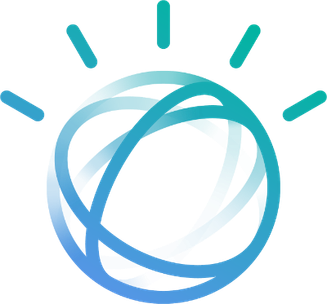
12: IBM Watson
IBM Watson is an artificial intelligence (AI) platform developed by IBM. It combines advanced technologies such as natural language processing, machine learning, and data analytics to enable users to analyze and extract insights from large volumes of unstructured data.

13: Amazon AI
Amazon AI refers to the artificial intelligence services and technologies offered by Amazon Web Services (AWS), the cloud computing arm of Amazon. It provides a comprehensive set of tools and services that enable developers and businesses to incorporate AI capabilities into their applications and systems.

14: Google Cloud AI
Google Cloud AI refers to the artificial intelligence (AI) services and technologies provided by the Google Cloud Platform (GCP). It is a cloud computing platform, It offers a comprehensive suite of AI tools and services that enable developers and businesses to leverage AI capabilities and build intelligent applications.

15: DataRobot
DataRobot is an automated machine learning platform that simplifies and accelerates the process of building and deploying machine learning models. It provides a comprehensive set of tools and features that enable users to automate various stages of the machine learning lifecycle.
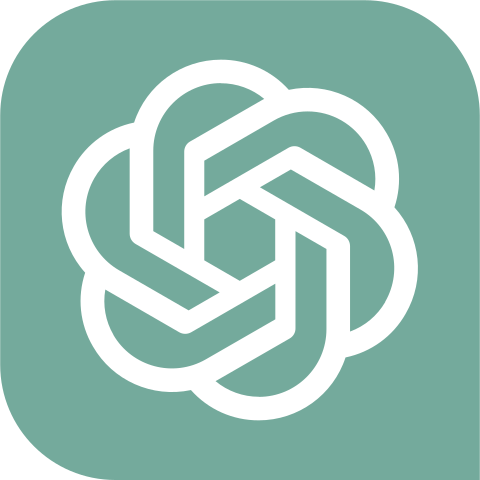
16: Chat GPT
ChatGPT is an artificial intelligence (AI) chatbot created by OpenAI that is from available in November 2022. The term "Chat" refers to the fact that it is a chatbot, and "GPT" stands for generative pre-trained transformer—a sort of large language model (LLM). ChatGPT is built on OpenAI's GPT-3.5 and GPT-4 fundamental GPT models and has been fine-tuned (a transfer learning method) for conversational applications utilising both supervised and reinforcement learning approaches.



















